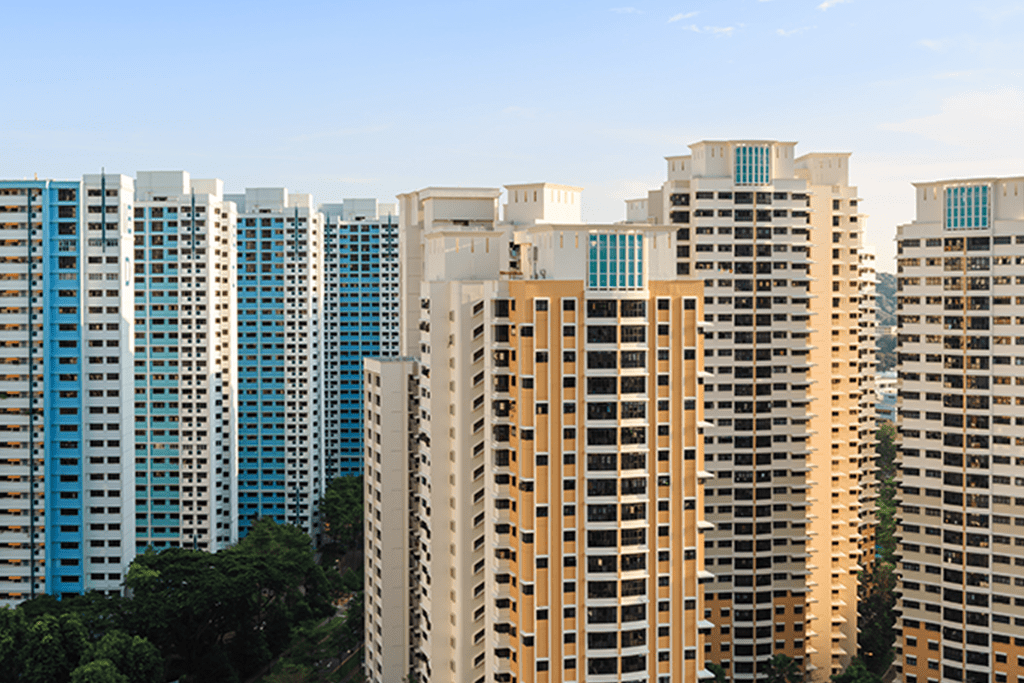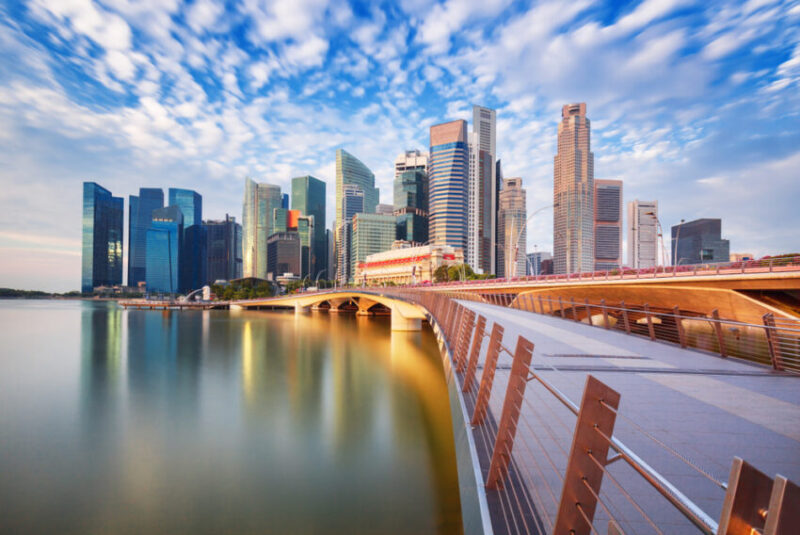In the heart of Southeast Asia, Singapore has always been a beacon of economic vitality and urban innovation. However, as the global landscape shifts in response to economic uncertainties and demographic changes, questions are arising: Is the Singapore real estate market overheating? The skyline, adorned with an impressive array of skyscrapers, reflects not just architectural ambition but also the fervor of a market that has drawn both local and international investors.
Prices have surged, demand is vibrant, and new projects continue to sprout up, yet beneath this glossy exterior lie concerns about sustainability, affordability, and the potential for a market correction. This article delves into the intricate layers of the Singapore real estate scene, offering insights and analysis on whether the current boom signals a bright future or the simmering potential for a downturn.
Join us as we navigate this complex landscape, exploring the factors at play and the implications for prospective buyers, investors, and policymakers alike.
Current Market Trends: An Overview of Pricing Dynamics

The Singapore real estate market is experiencing a fascinating array of pricing dynamics, characterized by both resilience and volatility. Recent data reveal that property prices have surged, driven by a confluence of factors including pent-up demand post-pandemic and a limited supply of new developments.
Luxury condominiums in prime districts—such as Upperhouse Orchard Boulevard—are witnessing unprecedented bids, as affluent buyers seek refuge in tangible assets amid global economic uncertainties. However, the lower to mid-tier segments show a more tempered growth, reflecting diverse buyer sentiment and evolving preferences.
Market analysts caution that while the upward trajectory seems robust, hints of cooling are emerging, suggesting that policy adjustments and rising interest rates could reshape the landscape. As we delve deeper into these trends, the question remains: Are we on the brink of an overheating market, or is this a sustainable phase of growth?
Demand vs. Supply: Analyzing Market Fundamentals

In the dynamic landscape of Singapore\’s real estate market, the interplay between demand and supply serves as a crucial barometer for evaluating whether the market is overheating. On one hand, the relentless influx of expatriates and a burgeoning population stimulate a strong demand for housing, driving up prices and enticing investors.
Yet, a closer look reveals a paradox: while demand surges, supply has been grappling with constraints, including zoning regulations and construction delays, resulting in a potential bottleneck. As new developments strive to catch up, consumer sentiment oscillates; some buyers remain optimistic, while others freeze, wary of inflated prices.
The delicate balance of these forces ultimately shapes the trajectory of the market, hinting at a simmering tension beneath the surface that could either stabilize the landscape or ignite further volatility.
Government Policies and Their Impact on Real Estate

Government policies play a pivotal role in shaping the landscape of Singapore’s real estate market, often serving as both a catalyst and a restraining mechanism. For instance, measures such as the Additional Buyer’s Stamp Duty (ABSD) and Loan-to-Value (LTV) limits are designed to cool down speculative investments and ensure that housing remains accessible for residents. However, these very policies can create ripples in the market, sometimes leading to unintended consequences.
While they may temper overheating in the short term, the long-term effects can include reduced supply in the face of escalating demand, further complicating the dynamics of affordability. In an environment where both local and foreign investors are keenly eyeing opportunities, the balance between regulation and market freedom is precarious.
Thus, as we scrutinize the current state of Singapores real estate, one must consider not just the figures and trends, but also the intricate interplay of governmental strategies that could either stabilize or destabilize the market in the months to come.
Conclusion
In conclusion, the analysis of the current state of Singapores real estate market suggests a complex interplay of demand, government policies, and economic indicators that warrant careful consideration. While some areas are experiencing rapid price surges, raising concerns about an overheating market, properties like Upperhouse Orchard Boulevard are indicative of the robust interest in luxury developments that continue to attract both local and foreign investors.
As Singapore balances its aspirations for growth with the necessity of sustainable development, ongoing vigilance and strategic interventions will be essential to ensure that the market maintains its stability without stifling the vibrant dynamics that make it so appealing. Ultimately, understanding these trends will be crucial for stakeholders looking to navigate the evolving landscape of Singapore’s real estate market.


